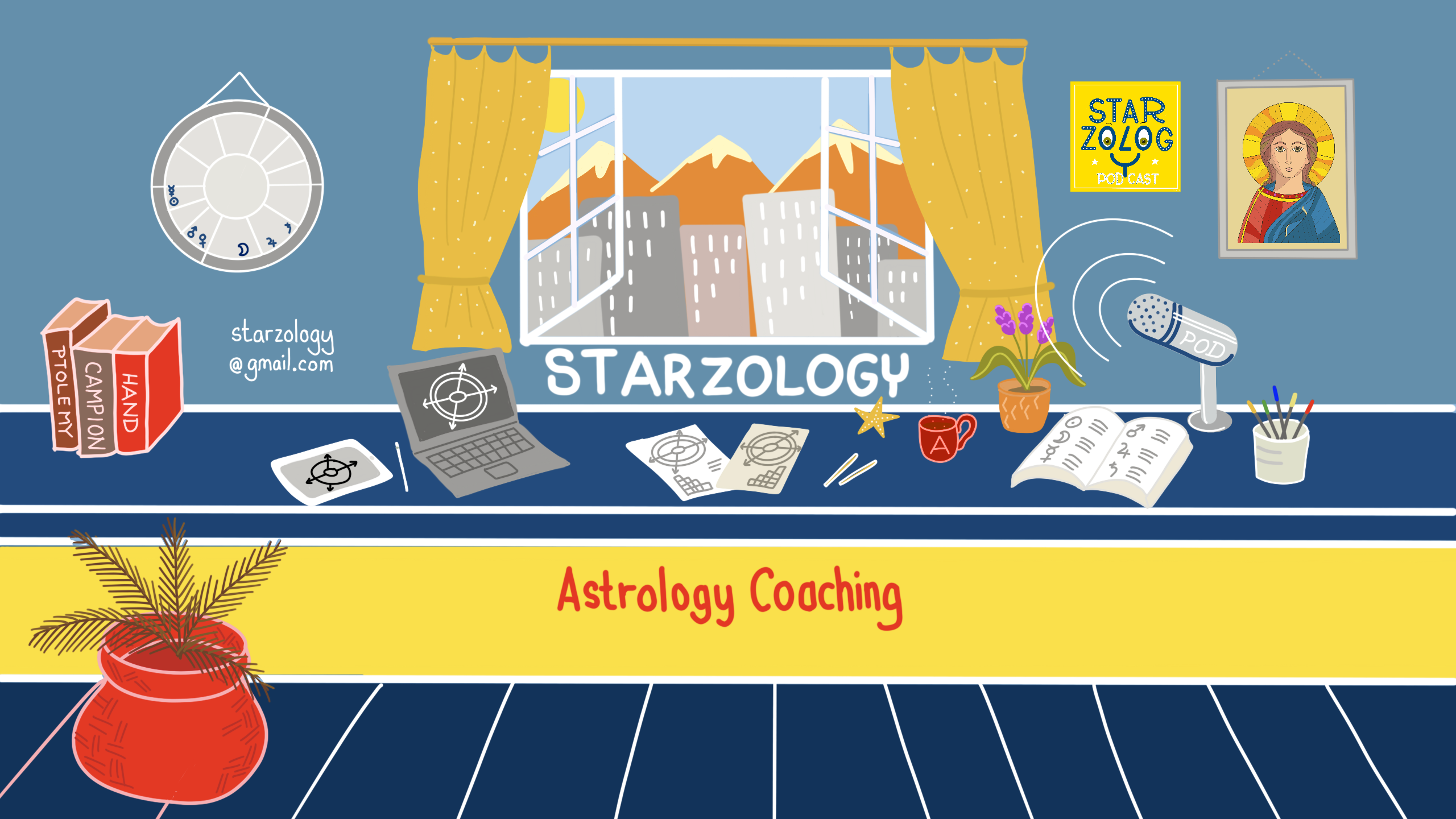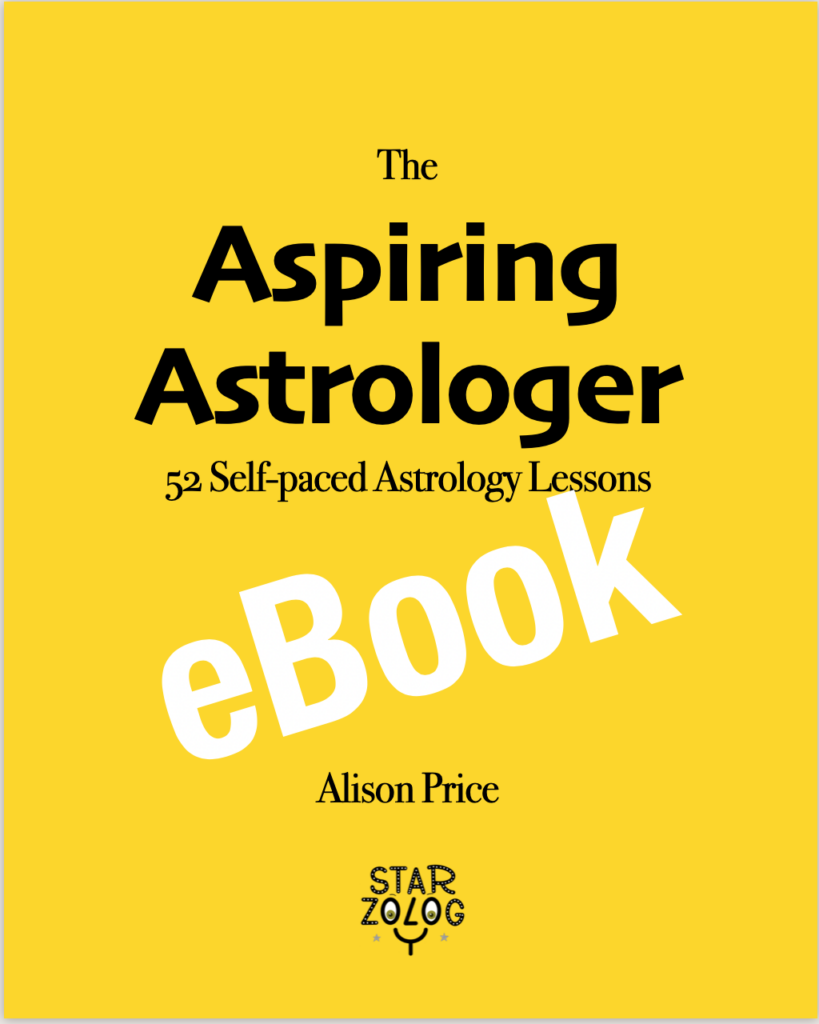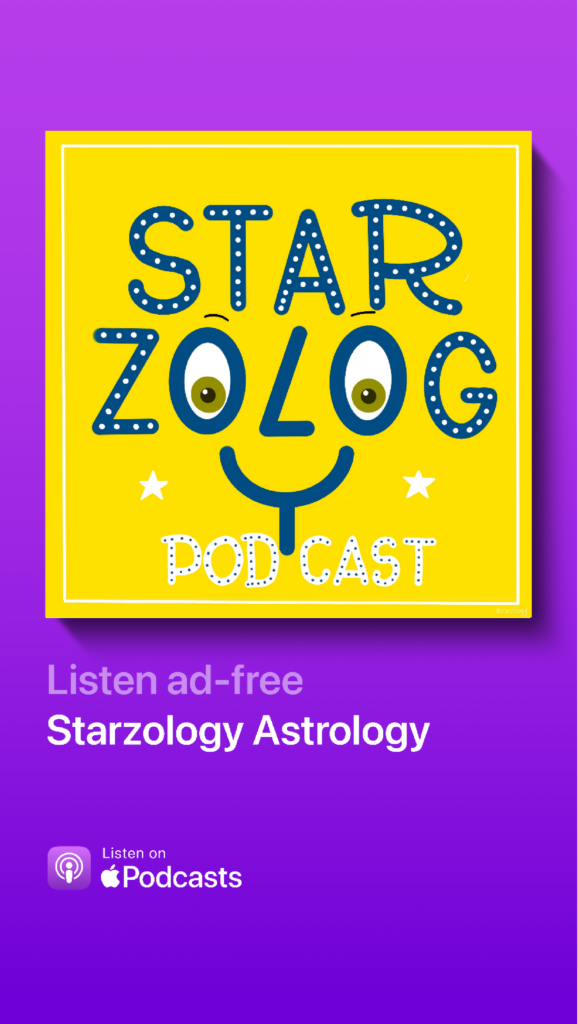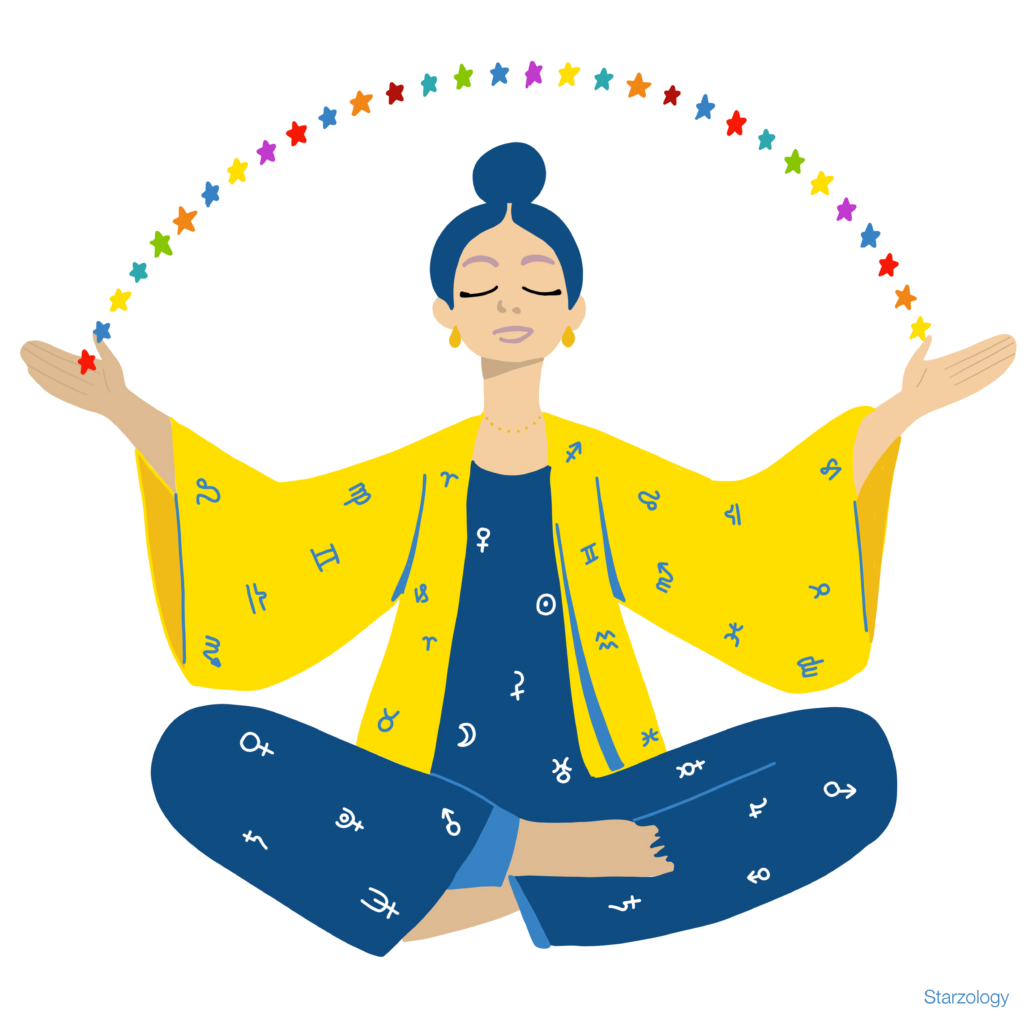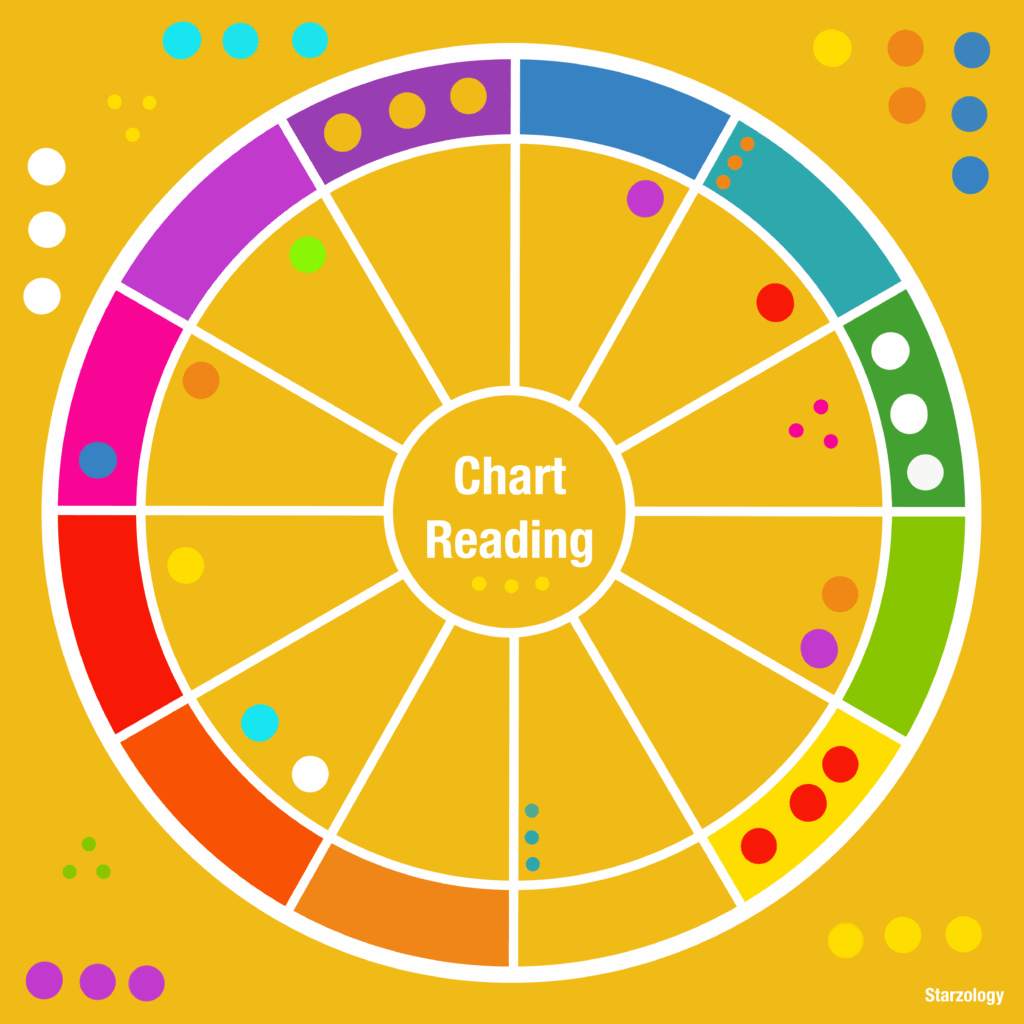The Starzology monthly horoscope overview provides all the ingresses, stations and lunations for each month with a short interpretation.

Star of David: Major Aspect Pattern
What to Consider
As the Star of David is made from two grand trines and six sextiles it has much of the meaning of the grand trine.
There are typically only two elements in play, fire and air or earth and water, so there is usually in one polarity either active or passive.
Interpretation of a Star of David
In this pattern the planets are spread about the chart which suggests a variety of interests and talents because of the six sextiles which indicate latent talents for the individual.
Example Chart: Partial Star of David
November 3, 2023 has a partial Star of David.
The planets in this partial Star of David are the Moon trine Mercury and Neptune, and Venus trine Uranus and Pluto.
Four sextiles between Moon and Venus, Moon and Uranus, Uranus and Neptune and Neptune and Pluto.

Author Bio
Alison Price: Professional Astrologer
Alison helps you uncover your individual creativity and lead a fulfilling life using your own astrology. She shares her wisdom from the heart with a touch of humor. She offers Consultations for everyone and Coaching for Aspiring Astrologers.
If you’d like to get in touch with Alison, you can reach out to her via email at starzology@gmail.com.
More Articles
If you enjoyed this post, you may like some more astrology related articles from our blog.

This Month’s Horoscope Overview

Pluto Aspects
In astrology, PLUTO and his aspects can indicate where serious transformations will occur in your life.Make sure to explore this planet.

This Month’s Horoscope Overview
The Starzology monthly horoscope overview provides all the ingresses, stations and lunations for each month with a short interpretation.

Artists Charts: Venus and Neptune
Author: Alison Price - Updated: March 2025 Artists Charts I'm not just an astrologer, but I consider myself as a hobby artist and crafter as well. Being creative and expressing yourself (and myself) through art is a great interest of mine. Art in a Chart When I...

Starzlife Free Newsletter
Welcome to “The Starzologer” ideas, insights and inspiration for creative, artistic
astrologers to keep the astro conversation going.
